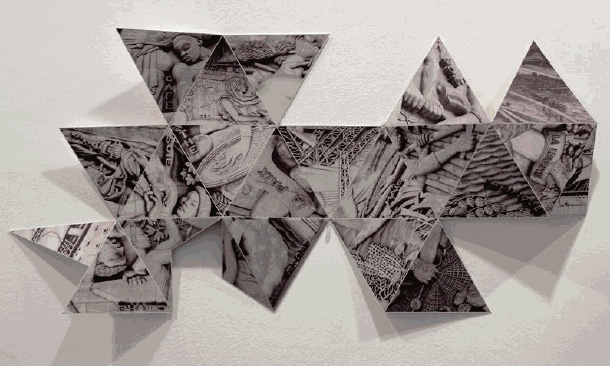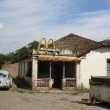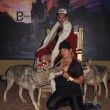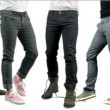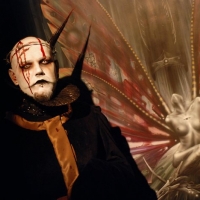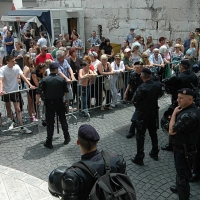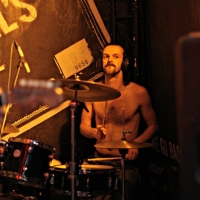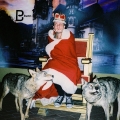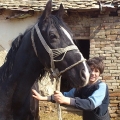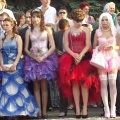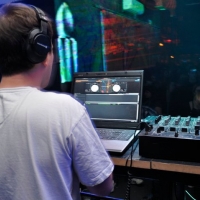What do Russian businessmen see in contemporary art?
This year’s Vienna International Art Fair – The New Contemporary, gathered 122 galleries from 26 countries, in four days in September. The event’s artistic directors, Christina Steinbrecher (Kazakhstan) and Vita Zaman (Lithuania), did a great job, choosing the most representative galleries from Western and Eastern Europe and the Middle East and Arab World and connecting them on the international level of communication and the art market.
I went to Viennafair one casual afternoon, with no particular “target”, except to see an audio-visual performance by Rupert Huber (Austria) and Colin Snapp (USA). Vienna Sonic programme, curated and developed by Huber, internationally known as Tosca (a project with Richard Dorfmeister) started in the Odeon theatre, with the Tosca concert performed in collaboration with visual artist Colin Snapp, a Brooklyn-based artist, known for his video and film work previously presented at the Whitney Museum of American Art, the New Museum of Contemporary Art, and in many other galleries worldwide. He also collaborates under the name of Jules Marquis with NY artist Daniel Turner.
After enjoying the concert, I started to explore. The special part of Viennafair this year was “DIYALOG” – the art from Turkey, obtaining different platforms about the Turkish art scene, institutions and market. The accent was on the contemporary art of five former Soviet republics – Georgia, Azerbaijan, Belarus, Ukraine and Kazakhstan, and other Eastern European countries, starting with Bulgaria, Romania, Croatia, Hungary and Slovenia. My impression, while I was reading the catalog at home, was that there were no Serbian representatives, meaning that Serbia is not even part of the so-called pre–market, which was kind of a sad or just overlooked fact.
It is obvious that art is in the hands of very rich people. Many Russian businessmen were shaking their hands with all the other important people, from the gallerists, independent curators, and artists themselves. I was wondering, being a part of the “other side”, what do they see in one of Basquiat’s paintings? In the exclusive Sotheby’s gallery, among many of those rich and suit–only tall guys (and their women, of course), security and visitors, I stood in front of Andy Warhol’s paintings juxtaposed with glass boxes filled with diamond jewelry. I was astonished, because both were beyond beautiful but also very empty, and because these seem to be the symbols of what art became in our time.
After the many, many circles I made, with the desire to see as much as possible, I was also bumping into my artist friends, who had their prime time those days. Many parties were held in the city, and there wasn’t enough time for sleep. At one of those, with the Serbian crew Jackie Dagger, Feloneezy, Vuk Dedier and fabulous Traxman from Chicago, I met Michael Nevin, the NY gallerist and the owner of Journal magazine, who was very satisfied with his visit to Vienna. He was also the tallest guy in the club, as I remember.
So, my conclusion about Viennafair is the following: a very useful event to everybody, both the big and the small fish went in their beds satisfied. But the artists are THE ONES who are making all the progress in that world. Without them or without their lucid and ingenious solutions the businessmen could only sell chairs. Or bananas. Or chairs, whatever.

